The musings of a parrot owner, enthusiast and volutneer at an Australian wildlife sanctuary.
Don't wanna be here? Send us removal request.
Conversation
me: *takes a deep breath*
me: i lo-
anyone who has spent five seconds around me ever: yes, you love birds, we know, you love birds so much, they’re the light of your life, you love them so much, you just love birds, we KNOW, you love birds you fucking love birds ok we know, we get it, YOU LOVE BIRDS. WE GET IT.
353 notes
·
View notes
Photo





5 Ways to use Food as Foraging Toys for your Bird from BirdTricks
A simple, healthy way to keep your birds entertained throughout the day!
48 notes
·
View notes
Link
We are looking for Thoughtful and Sincere bird owners or custodians of birds in the USA that will commit to donating their molted feathers twice a year, (Spring Molt & Fall Molt) to assist Native Americans in their right to express their rich cultures and traditions. By donating molted Macaw and Parrot feathers we can eliminate sellers of illegally imported feathers, from Central and South America, that are hunting and killing Wild Macaws and Parrots for profit. Every feather donated from a molted living bird will replace one that a Wild Macaw or Parrot was killed to supply the need. The Native American cultures and traditions have used feathers for the past millennium and will for the next millennium. Together we can HELP SAVE WILD MACAWS AND PARROTS and support Native Americans in their traditions. Thank you. Our goal is to flood the American SouthWest with as many Molted Macaw and Parrot feathers as possible and make a statement on Saving Wild Macaws and Parrots in Central and South America!
654 notes
·
View notes
Photo

Matcha likes to dig into the fluffy blanket.
272 notes
·
View notes
Video
youtube
How a Parrot Learns its Name in the Wild. An incredibly interesting video from The Cornell Lab of Ornithology. Featuring super cute baby parrotlets!
957 notes
·
View notes
Photo
Important reminder. Having time to play outside of their enclosure is also VERY important. And remember, you can never have an enclosure that is too big!
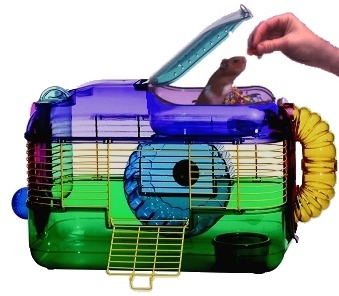



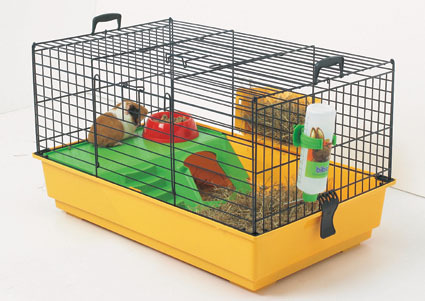

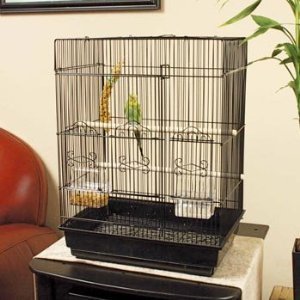
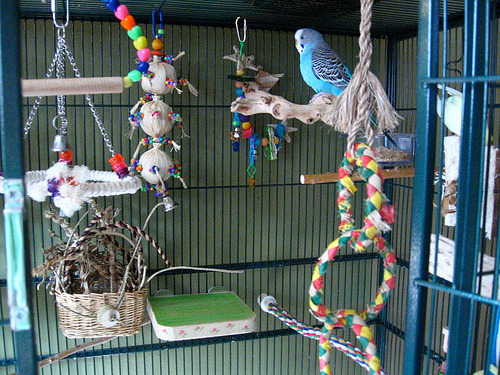

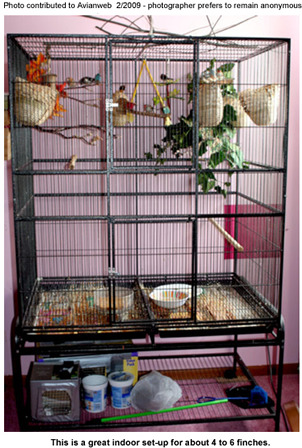
What people thank an animal should be kept in and what the animal actually should be kept in. (click the pictures)
Not based on personal preference, but observable fact. An animal kept in an environment that is too small is unhappy and stressed. This can absolutely lead to a short miserable life.
I see a lot of people, virtually every day, who have these preconceived notions about what an animal can live in. A hamster lives in a hamster cage of course, because the happy little hamster on the box says so! This cage is for finches, they even keep them in it at the store! My friend had a rabbit and it lived in that cage so I’ll get that one. This sort of dangerous socially accepted neglect is not just limited to bettas and goldfish. Mammals and birds are subject to it as well.
What people don’t realize is that almost all commercial or common cages are completely unacceptable as homes for what they are marketed for. Those guinea pig/rabbit cages? Garbage. Those tiny finch cages? Torture. That cute technicolor hamster cage? A gimmick.
All animals need a certain amount of space for enrichment and general well being. That does not mean the cages someone is trying to sell you. It means the cages that are best.
And to all those people who are thinking ���Well I had a hamster in a cage that size and it was fine.”
Stop.
You have only observed your animal. You have only observed the animal in a confined space and most likely showing signs of distress or behavioral problems. But you interpreted it as normal because that is all you know. You haven’t seen rabbits in appropriate sized cages. You haven’t seen parakeets in appropriate cages. You haven’t seen a hamster who is happy.
Signs and symptoms of cruelly confined hamsters. (The same applies to mice, gerbils, and rats):
Biting the cage bars
Obsessive digging
"Laziness" (lack of foraging/exploring)
Aggression
Pacing
Running in circles
Obesity
Signs and symptoms of cruelly confined rabbits:
Biting the cage bars
Running in circles
Bouncing off the cage walls
Aggression, irritability when being held
Cage aggression
Constantly banging toys/decor around
Obesity
"Laziness"
Signs and symptoms of cruelly confined guinea pigs
Biting the cage bars
Banging their water bottle on the side of the enclosure constantly
Aggression tword other guinea pigs or you
Obesity
"Laziness"
Signs and symptoms of cruelly confined parakeets
Feather plucking
Aggression to other parakeets
Pacing
Obesity
Repetitive behaviors (constant singing into a corner, going from the same perch to the same perch over and over again)
Fearfulness
Signs and symptoms of cruelly confined finches
Aggression to other finches
Flight tracing: Going from one perch to another in the exact same spot the exact same way over and over again
Obesity
Animals are more complex than people give them credit for. They to do all of the natural behaviors they’re built to do. Exploring, foraging, playing, hiding, interacting (or not interacting) with another animal, etc. All of this is taken from them in cages like the ones above.
People need to educate themselves about an animal before getting one. It’s a thought that’s been said a million times over and yet nobody actually does it. The reality is people who want a hamster/guinea pig/rabbit are not going to sit down and read ten articles and three books waiting 2 months while they set everything up unless they are already enthusiasts who are willing to put that much into their pets. I can say from experience that over 80% of the people who buy pets buy them to make their kids happy with no regard to what the animal needs. What is most important to them is getting a present for their child regardless of any consequences that decision comes with.
So we have to try and get this information out there. We have to try and make THIS the general knowledge about these animals.
Resources and very good reads for anyone who has or wants any of the animals listed here. I’ll add more when I find them.
Rabbits: X X X
Guinea pigs: X
Hamsters: X X X
Finches: X
Parakeets: X
78K notes
·
View notes
Video
tumblr
One of my favorite things to do is bop his head because he says “boop!”
140 notes
·
View notes
Photo










Left: The “smarl” or submissive grin, an appeasing signal. The dog flattens its ears and averts its eyes, may cower or wag its tail and lick its lips. It’s basically trying to assume a non-threatening posture to beg for acceptance. This could mean your dog is nervous and asking for space, or it could mean it is just eager to submit.
Right: A genuine happy dog grin is pretty easy to identify, and adorable. The dog is at ease, or attentive and playful. Tongue is often exposed or lolling, and the tail should be anywhere besides between its legs.
140 notes
·
View notes
Video
youtube
All the single ladies!
119 notes
·
View notes
Photo

Why Birds Can Sleep on Branches and Not Fall Off
You ever see a bird clutching onto a branch high in a tree and wonder, “What happens if it falls asleep? How could it hold on?”
The avian talon works through a “pulley system of tendons,” according to the animal morphology blog Ars Anatomica, and it can lock into place.
"The bird’s foot closes and grasps automatically as the ankle and knee joints are bent," we read. "This grasp cannot be released until the limb is straightened again."
So, instead of expending precious energy holding the muscles tight—as you would if you were hanging onto a branch with your fists/arms—the system simply physically locks in place.
Read more. [Image: Ars Anatomica]
2K notes
·
View notes
Photo

4 notes
·
View notes
Photo

☼
89 notes
·
View notes
Photo

249 notes
·
View notes
Photo

He will sit like this for hours after his bath
63K notes
·
View notes
Video
tumblr
How is my bird real
5K notes
·
View notes

